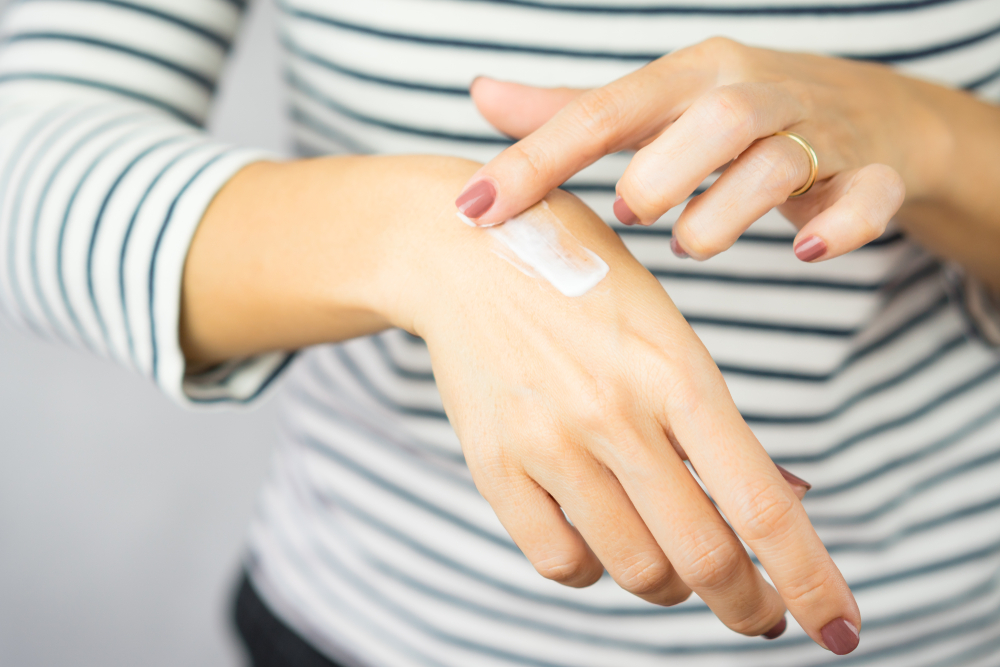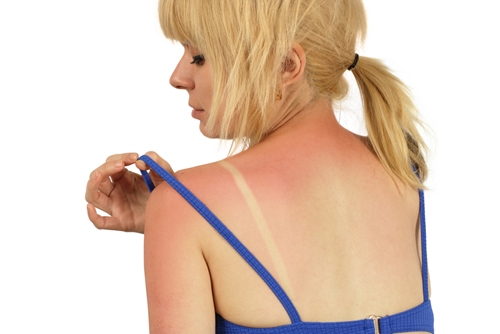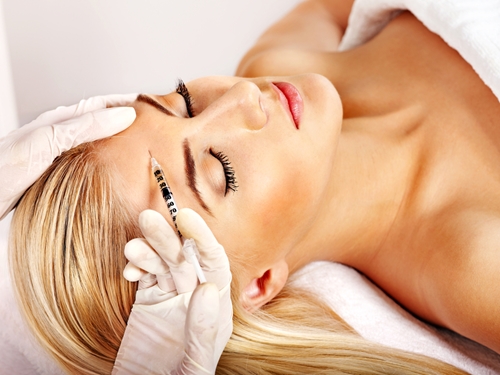Scars may seem permanent, but bringing them into the New Year is up to you! You may have old or new acne scars, a hypertrophic scar, raised skin, or discoloration from past injuries that seem impossible to remove. With the right knowledge, it is possible to reduce the look of scars immensely and even make them disappear completely. Take these tips from the experienced doctors at The Lett Center in Mt. Juliet and Lebanon to begin curing the visible appearance of scars.
Types of Scars
Scars can form for many different reasons. It is the body’s natural way of healing from injuries, infections, and inflammation. Damaged skin is replaced with new skin, but this sometimes leaves a lasting mark. Scars don’t all look the same either, and they can vary in appearance as well. Some might be only a thin line, others discolored, and others raised or bumpy. Knowing what type you have can aid in knowing how to treat it properly.
Mature or Immature Scars
A mature scar is light in color and flat. In some cases, it will be barely visible. An immature scar is red and raised. At this stage, they may still be painful, itchy, and raised significantly. Immature scars may revert back to the surrounding skin color or may become darker or lighter.
Hypertrophic Scars
These scars can be raised and may be confused with a keloid scar. Hypertrophic scars are raised only within the boundary of the injury and do not grow past it. This type may regress on its own but may remain slightly raised.
Keloid Scars
This is a raised scar that grows over normal skin. This scar can develop over time, over multiple years, and become quite noticeable. A keloid scar will not disappear on its own and requires treatment to reverse.
Atrophic Scars
Atrophic scars are depressed marks on the skin. These are often referred to as acne scars because they form when an infection of inflammatory response destroys collagen. Cystic acne and varicella often cause the pitted scars that give the skin a sunken and textured appearance.
Contracture Scars
Contracture scars can have serious implications. They are often the result of burn scars and can extend deeper than just skin, going into muscle tissue. This type of scar heals in a way that tightens skin too much. When skin is pulled tight over joints and bones, it can impair mobility.
Is it possible to remove scars permanently?
It may not be possible to remove scars permanently and completely, depending on the type, age, size, and location of the injury. There are techniques you can try to reduce the look of scars. Some are natural remedies, some are chemical applications, and others are surgical removals.
Natural, at-home skincare treatments include:
- Aloe vera: Aloe moisturizes and soothes skin, which helps a scar to heal. It is an antioxidant that reduces swelling and acts as a mild astringent to remove dead cells that may be building up.
- Coconut Oil: Coconut oil contains omega fatty acids, which help to keep healing skin moisturized. Be warned, though, that this oil can clog pores, so use on facial areas with caution to avoid creating a more significant problem.
- Onion Extract: Onion contains bioflavonoids, which has shown to significantly reduces scaring quickly with daily use. It reduces inflammation, redness, and soreness while fighting acne at the same time.
Chemical peel treatments to reduce scarring:
- Salicylic acid: Salicylic acid is a beta-hydroxy acid that can dissolve scar tissue. It also has anti-inflammatory qualities and can remove dark spots caused by acne.
- Glycolic acid: Glycolic acid is commonly used as a peeling agent that can exfoliate and remove the top layer of skin. This chemical peel can reduce acne bacteria.
- Jessner’s solution: Jessner’s solution is a stronger peel that can be combined with other peels for deeper scar removal. This peel can cause post-inflammatory hyperpigmentation and should be used with caution.
Surgical scar removal procedures:
- Skin grafts: This is done by taking healthy skin from another area and moving to cover the scar. Skin grafts can be a good option for keloid or contracture scar removal.
- Dermabrasion: Dermabrasion removes the top layer of skin to reduce the damaged skin. This option gives you a bonus of wrinkle reduction in the treatment area.
- Laser surgery: This treatment uses high energy beams of light to treat damaged skin and smooth its appearance. Laser surgery is none invasive and is a popular new way to remedy visible scarring. There are multiple types of laser on the market today, and your doctor can recommend the one that will work best for you.
What is the most effective acne scar-fading treatment?
One new technology being used for scar removal is Fractora. Fractora uses fractional radio-frequency to treat the skin. This method is an advanced, non-invasive way to remove acne scars and other skin imperfections. Not only does it treat scars, but it also helps to stop cystic acne from occurring at all and can reduce wrinkles.
Is Fractora Right for Everyone?
Fractora is safe to use on patients who are prone to hyperpigmentation, unlike other laser solutions.
How Does Fractora In Tennessee Work?
It works by using a combination of fractional coagulation and volumetric heating. The fractional radio-frequency waves are administered to the skin through tips with various depths and pin density configurations. This allows the doctor to target different levels of the skin.
How Long Does it Take to See Results?
Although some may see visible results with only one treatment, multiple Fractora laser sessions are necessary to achieve deeper scar removal.
Can I Combine Fractora with Other Treatments?
With a combination of proper at-home skincare, chemical peels to remove layers of skin slowly, and a possible surgical procedure, many people can reduce the look of their scars. The tips in this guide can serve as a starting point to help you achieve the smooth, scar-free skin you desire starting at home.
Call The Lett Center to Learn More About Fractora
Make an appointment with doctor Lett and his team to determine a schedule of treatment that will work quickly and safely for your skin type and start the New Year off feeling great!
Read More About Aesthetic Treatments at The Lett Center
Can looking younger help you get ahead at work?
Age before beauty may not be the rule in the corporate world any longer, if it ever was.
Did you spend too much time in the sun this weekend?
A nice suntan can make you look more radiant, but if you spent this past Memorial Day weekend by the beach or lake, you may notice that your complexion is looking a little more red than normal.
The Popularity of Eyelid Surgery Among Asian-Americans
Eyelid surgery is reportedly one of the most common cosmetic procedures among Asian-Americans.
Avoid These 3 Looks to Acheive Natural Beauty
Plastic surgery and non-surgical treatments like Botox are not one-size fits all propositions, which is why it is so important to consult with a reputable, board certified plastic surgeon like Dwayne Lett, M.D.
Over 50? Eat This, Not That
As we age, we can't get away with eating the same way we used to without it showing up on our waistlines ... and our skin.
Cosmetic treatments playing bigger role in wedding prep
Cosmetic treatments appear to be playing a bigger and more important role in wedding preparations than ever before.
Social media and plastic surgery go hand in hand
If you've been following this blog, you know that a growing number of people have opted to undergo plastic surgery to look better in "selfies" and other forms of social media.
3 Foods that promote skin health
When it comes to aging gracefully, you are what you eat.
Can anti-aging procedures help your business?
In this day and age, everyone judges a book by it's cover.











